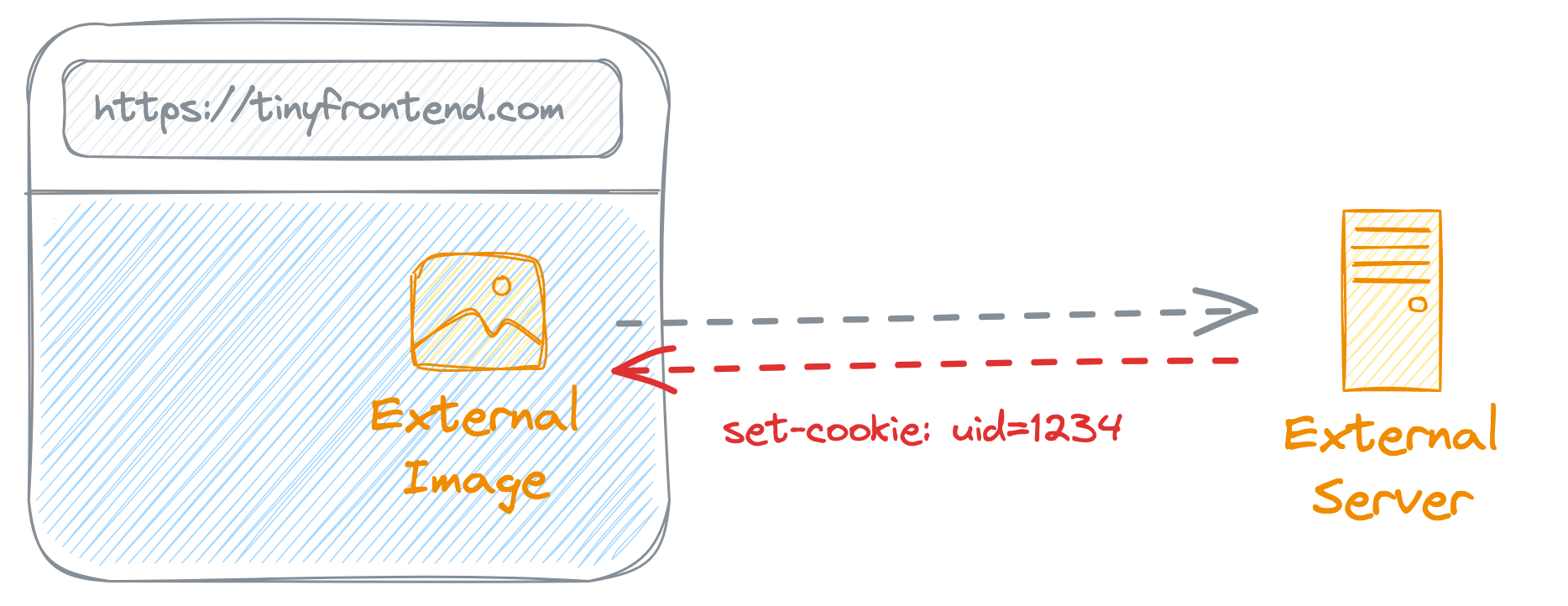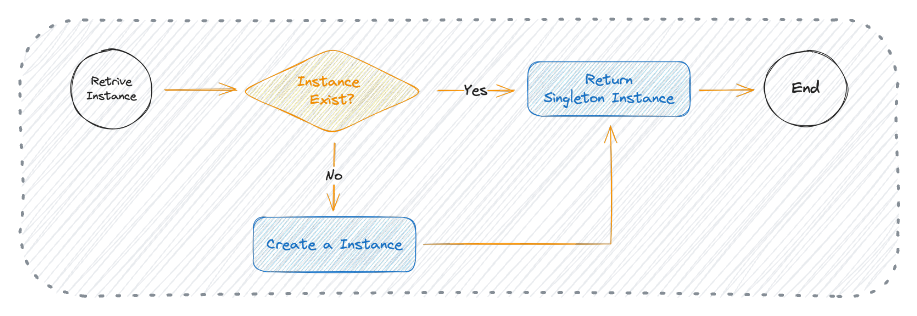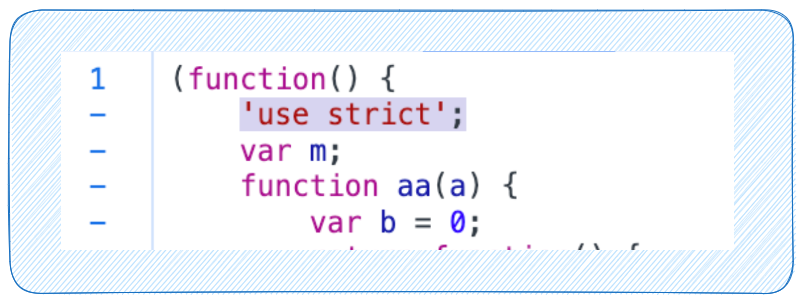Promises for Asynchronous JavaScript
Promises are a fundamental part of asynchronous programming, providing a convient way to manage asynchronous operations.
In this guide, we'll delve into the ins and outs of promises, covering their syntax, usage, common patterns, and best practices.
1 Minute Video
Why Do We Need Promises?
Before the introduction of promises, handling asynchronous operations in JavaScript relied heavily on callback functions.
While callbacks are functional, they often lead to a phenomenon known as callback hell, where nested callbacks become difficult to manage and understand.
Callback Demo
In this example, each callback function is nested inside the previous one, leading to a deeply nested and hard-to-read structure.
function getUserInfo (callback) {
// callback 1: get user name
getUserName(userId, (name) => {
// callback 2: get user email
getUserEmail(userId, (email) => {
// callback 3: get user address
getUserAddress(userId, (address) => {
// callback 4: return user info
callback({
name,
email,
address
});
});
});
});
}






